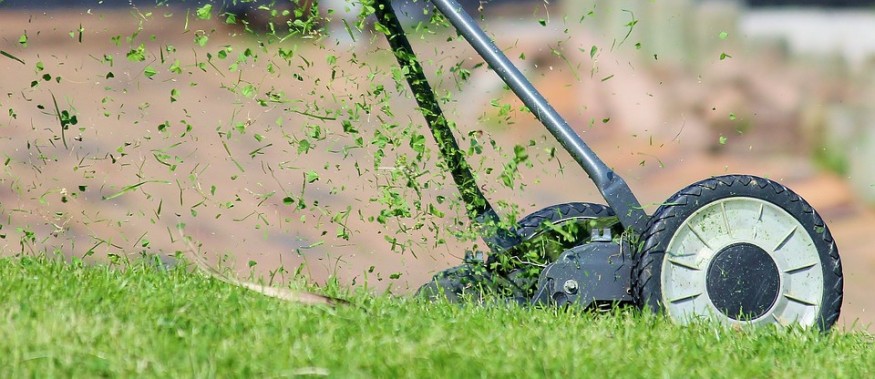
New research reveals that there is no link between ladies who have their pubic hairs groomed and catching sexually transmitted diseases (STDs).
The study, which was published in the journal PLOS One, contradicts the investigations and news that indicated a connection between pubic grooming and STD conditions such as gonorrhea and chlamydia.
The research team from Ohio State University conducted a poll regarding grooming habits and sexual conduct to 214 anonymous female students between April 2017 and April 2018. The researchers likewise requested the understudies' consent to get the results of their STD tests, according to a press release.
The researchers characterized "extreme grooming" as complete removal of pubic hair every week during the previous year or at least six times during the last month.
About 98% of the individuals who took the poll said they tried pubic grooming. On the other hand, 18% and 54% revealed they had "extreme grooming" in the previous month and the past year, respectively. They found that only 10% of the students got a positive test result for both of those two conditions.
Jamie Luster, the lead author who was a public health undergraduate student in Ohio State at that time, said they were astonished that pubic grooming was widespread. Luster revealed to Healthline that she and her group were surprised by how conventional "extreme grooming" was. According to them, it was regarded as an ordinary practice in the previous year by most participants.
Luster, who is currently an analyst at the University of Michigan, added she couldn't be sure as to why other professionals leaned towards the notion that women are more prone to catching STDs if they have their pubic hairs groomed.
They noted the hypothesis that grooming and STDs are indeed both affected by another factor causing the two to give off an impression of being connected.
Luster said she and her group addressed the hypothesis by altering for studying the participants' educational attainment, income, race, and how frequent they engage in sexual activity which could all be this third factor.
Dr. Raquel Dardik, a gynecologist at New York University Langone Health, who was not affiliated with the work, said that there are many "nonscientific articles" skimming around on this study.
She also told Healthline that in evidence-based research writing, there are no sufficient quality, satisfactory publications that guarantee a link between shaving pubic hair and sexually transmitted infections (STIs).
She referred to a 2016 study which showed that "pubic hair grooming was positively liked to self-declared STI history."
Dardik added one could propose numerous hypothesis to clarify the study; however, it is all speculations without proof-based research.
Are there other risks from pubic hair grooming?
Luster said their team discovered nearly two-thirds of the participants in their study had ever had a grooming injury such as rashes, lacerations, contaminations, and burns.
Dardik mentioned those injuries mentioned by Luster are the dangers posed by pubic hair grooming.
Luster likewise urged the groomers to guarantee that their grooming apparatuses, such as wax, razors, and scissors, are sterile and used appropriately.
Conclusion
Experts said this doesn't mean no hazard can emerge out of pubic hair grooming. Untreated wounds from the grooming, however, can prompt infections, and a few people's skins may be particularly sensitive to razors. In case you're anticipating getting laser hair removal, always talk to a medical specialist and stay away from any do-it-yourself systems at home.
© 2025 NatureWorldNews.com All rights reserved. Do not reproduce without permission.





